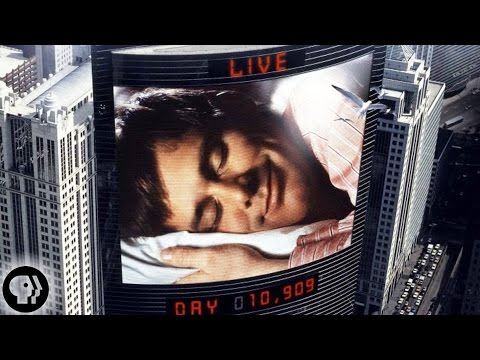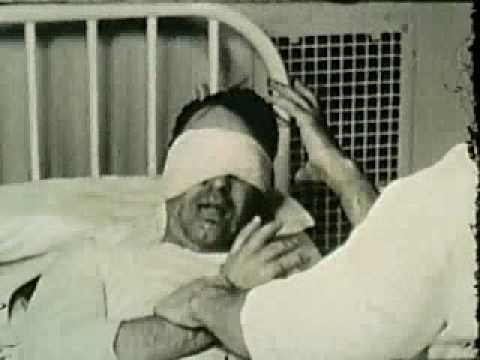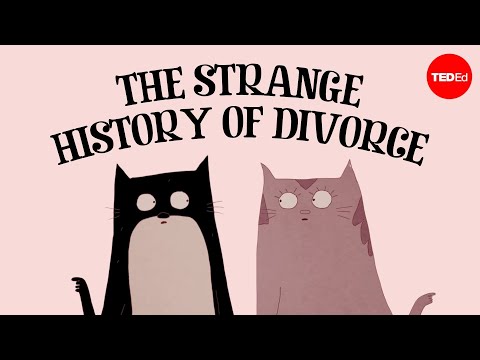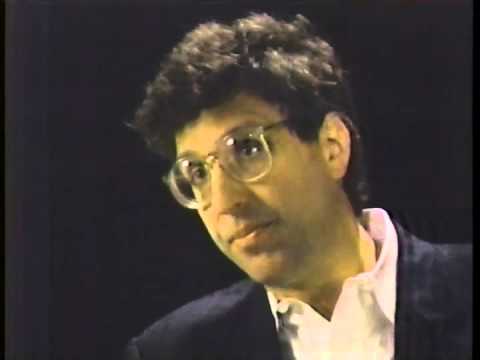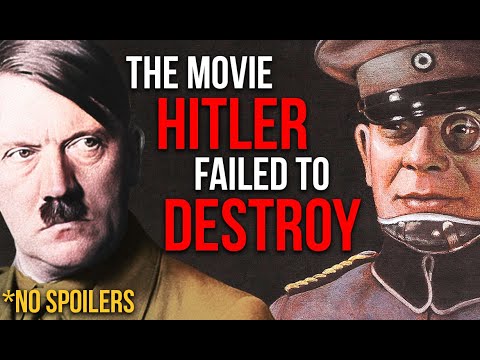However, there are a select few films in history that have managed to make a tangible impact on reality. This list features films that have impacted various sectors of life, such as legislation, government, corporations, and people’s personal lives. The list does not include a film’s pop culture influence as a criterion, such as movies that caused a new fashion trend or films that influenced other films. The movies in this list are not ranked in terms of individual greatness but in terms of the achievement of their effect on reality.
10 The Truman Show
Peter Weir’s 1998 Oscar-nominated film The Truman Show was a critical smash and one of several box office hits for Jim Carrey in the 1990s. The film tells the story of a man, played by Carrey, who slowly realizes his life is actually a reality TV show that is being filmed for the entire world to see. The Truman Show accurately predicted society’s soon-to-be newfound obsession with reality television and offered profound critiques of media corruption, corporate power, and the role of advertising in our lives. Watch this video on YouTube Shortly following the film’s release, Joel Gold, a psychiatrist at New York University’s School of Medicine, and his brother Ian Gold, a professor at McGill University, began exploring patients who were convinced the media was controlling their lives and that they were at the center of their own reality TV show. Joel Gold first began seeing patients with these symptoms in 2002, and after giving an academic lecture in 2006, around sixty people came forward claiming they were experiencing these same psychotic delusions. Many of the patients specifically mentioned they felt like the protagonist in The Truman Show, leading the Gold brothers to label this phenomenon “The Truman Show delusion.” While The Truman Show delusion or Truman Show syndrome has yet to be officially recognized as a medical condition, the growing number of cases has raised many questions surrounding culture’s impact on psychosis.[1]
9 Taxi Driver
Martin Scorsese’s seminal and highly controversial film Taxi Driver (1976) is one of the defining films of the New Hollywood movement and pushed the boundaries of violence on film. The film features Robert De Niro as the infamous Travis Bickle, a loner who becomes psychotically obsessed with Betsy (Cybill Shepherd) and Iris (Jodie Foster), a twelve-year-old prostitute. After being rejected by Betsy, Travis decides to get revenge by killing the man she works for, a politician, although he ultimately does not succeed. Taxi Driver was already immensely controversial due to its graphic content, but in 1981, its controversy reached new heights following John Hinckley Jr.’s attempted assassination of President Ronald Reagan. Hinckley Jr. would go on to claim he became fascinated with Taxi Driver and shot Reagan because he wanted to impress Jodie Foster, just as Travis wanted to do to get Betsy’s attention. Debates began emerging surrounding the links between the rise in violence found in pop culture and its effect on society, an issue that has only gained momentum in the years since. Taxi Driver also is not the only film to cause copycat crimes; movies such as Natural Born Killers (1994) have also “influenced” countless real-life crimes.[2]
8 2001: A Space Odyssey
Stanley Kubrick’s 2001: A Space Odyssey (1968) is one of American cinema’s most ambiguous and audacious films. Its opaque themes have sparked countless debates that have yet to be settled over fifty years after its release. And its technical prowess has stood the test of time, for it still remains one of the greatest-looking films of all time. Directly related to the world-renowned special effects in the film, 2001: A Space Odyssey astounded audiences to the point that many would go on to use the film in one of the twentieth century’s greatest conspiracy theories. A little over a year after the film’s release, the United States beat the Soviet Union in the space race and became the first nation to land astronauts on the moon. Not long after, conspiracy theorists began running with a story that involved NASA approaching Stanley Kubrick to direct a fake moon landing because of how realistic he made 2001: A Space Odyssey look. Moon landing deniers point to Kubrick’s The Shining (1980), which has several allusions to Apollo 11, as proof of Kubrick confessing to his involvement in faking the moon landing.[3]
7 JFK
Another highly controversial film, Oliver Stone’s JFK (1991), tells the story of Jim Garrison (Kevin Costner) and his attempts to uncover the truth behind John F. Kennedy’s assassination. In the years since its release, many have called into question the historical accuracy of the film, with Stone taking many liberties with the truth in order to aid in his Kennedy conspiracy theories. However, regardless of how accurate the film may or may not be, the film caused enough of a stir that the United States government needed to step in. JFK was such an enormous success, resulting in an overwhelming number of people beginning to believe the FBI, CIA, and United States military were all involved in the assassination. The controversy forced President George H.W. Bush to sign the President John F. Kennedy Assassination Records Collection Act, which promised the early release of all documents relevant to the assassination. Documents have slowly been released over time, starting in 1993, with the final documents being released in 2017. However, most of the information released has done little to dissuade conspiracy theorists.[4]
6 The Snake Pit
The Snake Pit (1948) was based on Mary Jane Ward’s semi-autobiographical novel of the same name about a woman’s experiences dealing with schizophrenia in a mental hospital. The film won numerous awards around the world and featured an Oscar-nominated performance from Olivia de Havilland. The film was one of the first Hollywood films to seriously address mental illness. The Snake Pit takes a deep dive into the staff abuses, inhumane conditions, and controversial treatment of the mentally ill. The success and popularity of both the novel and film helped spark massive reform in mental hospitals across the country. The conditions of the facilities, the procedures performed on patients, and patient treatment options all received radical reforms in many states across the country.[5]
5 Scenes from a Marriage
Ingmar Bergman’s iconic 1973 miniseries Scenes from a Marriage, which was also released as a condensed theatrical film, was recently remade by HBO—but to much less success than the original series. Starring Liv Ullmann and Erland Josephson, Scenes from a Marriage examines the disintegration of the marriage between Marianne and Johan. The series/film commences on the tenth anniversary of the marriage and shows how insecurities, jealousy, and existential neuroses cause the relationship to collapse. Watch this video on YouTube Scenes from a Marriage was a massive triumph that was viewed by nearly half of Sweden’s population. Within a year of its release, the divorce rates in Sweden jumped to record highs, and the number of couples seeking relationship therapy skyrocketed. Waiting lists for couples’ therapy went from a few weeks to a few months, with many people viewing the series as an almost documentary-style examination of marriage.[6]
4 Blackfish
Blackfish (2013), a documentary focusing on orcas at SeaWorld, is one of the most successful films of all time at achieving societal change. The documentary covers the violent history of the killer whale Tilikum and how human negligence and abusive conditions at SeaWorld eventually led to the deaths of several people, including trainer Dawn Brancheau. The film was so powerful that it led to a myriad of protests against SeaWorld, essentially crippling the corporation and its reputation forever. SeaWorld’s attendance rates took a massive hit, and its second-quarter net income in the year following the film’s release dropped 84%. Many entertainers who had planned performances at SeaWorld backed out. In addition, SeaWorld lost numerous advertising sponsors, and most significantly, the park announced in 2016 that it would no longer breed orcas.[7]
3 The Thin Blue Line
Errol Morris’s 1988 documentary The Thin Blue Line covers the trial and conviction of Randall Dale Adams for the murder of police officer Robert Wood. The movie caused a stir in the film community for its use of reenactments, which at the time many believed had no place in the documentary medium. Through these reenactments and interviews, The Thin Blue Line covers the inconsistencies of the case and demonstrates that Adams was wrongly convicted of the crime. Adams had been in prison for eleven years when The Thin Blue Line was released in 1988. A year after the film’s premiere, Adams’ case was reopened, and his trial was deemed unfair, resulting in his release from prison after more than twelve years. The real killer, David Ray Harris, was never charged for killing Robert Wood. However, he would eventually be executed for a separate murder.[8]
2 The Grand Illusion
Jean Renoir’s anti-war film The Grand Illusion hit the silver screen in 1937, only a few years before Nazi Germany would occupy France. Renoir’s film critiques the rise of fascism and radical nationalism and instead celebrates man’s universal humanity, which transcends all borders. The film was praised in both Italy and the United States; however, this praise caught the attention of Joseph Goebbels. Watch this video on YouTube Goebbels, the Nazi propaganda minister, labeled the film “Cinematographic Enemy Number One” and ordered every single copy of the film destroyed, including the original negative. He almost succeeded, too, as most of the film’s prints were destroyed. Unfortunately, the few that remained were either incomplete or in poor condition. It was not until the 1990s that the original print was discovered, having traveled throughout several countries in a remarkable sixty-year journey.[9]
1 The Battle of Algiers
Gillo Pontecorvo’s landmark 1966 film The Battle of Algiers offers an intense look at the effects of colonialism through the lens of the Algerian War between Algeria and France. The film is notable for its documentary style, use of non-professional actors, and its nuanced depiction of both sides of the conflict. However, The Battle of Algiers is perhaps best known for its scenes of torture and urban terrorism. As a result of its hyper-realistic documentary style, The Battle of Algiers was screened by the United States government in 2003 at the dawn of the conflicts in Iraq and Afghanistan to help open conversations on how to combat urban warfare tactics and discuss the advantages and disadvantages of using torture to gain information. The primary goal was to learn from the film why the French failed strategically even though they were successful tactically.[10]
